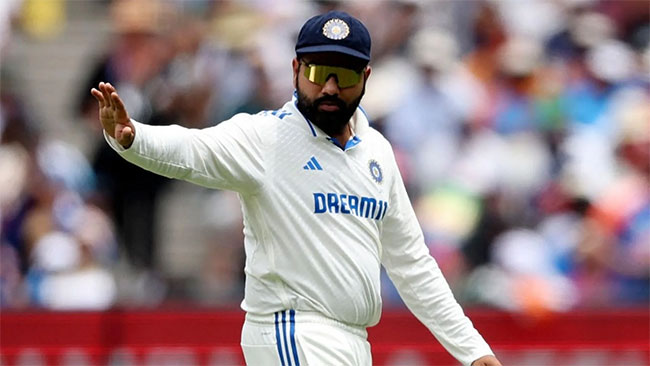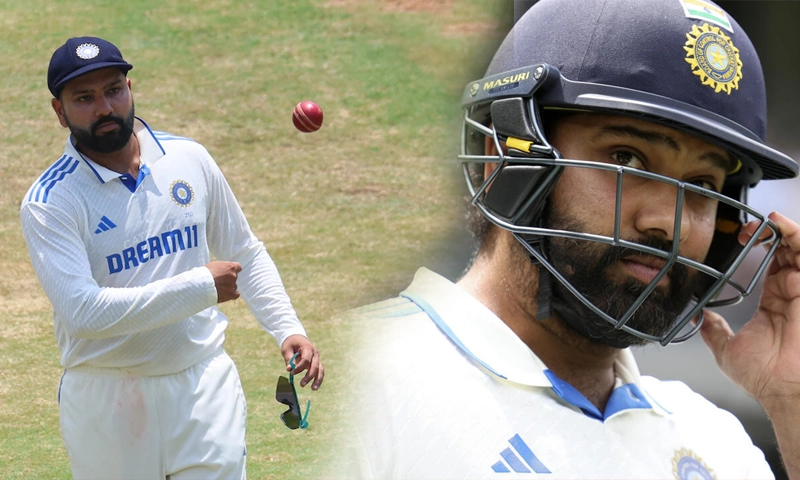Introduction
In a move that has surprised many fans and experts alike, Rohit Sharma, the current India Test cricket captain, has officially announced his retirement from the longest format of the game. As one of India’s most accomplished batters, Rohit’s exit marks the end of an era in Indian Test cricket. This blog explores the top 7 reasons behind Rohit Sharma’s retirement from Test cricket and what it signals for the future of Indian cricket.



1. Age and Physical Demands
At 38, Rohit Sharma has been grappling with the physical toll of all-format cricket. Test cricket, known for its grueling five-day challenges, demands peak fitness. With a history of minor injuries and workload concerns, stepping back from Tests allows Rohit to extend his white-ball career and stay match-fit for the ICC tournaments.
2. Focus on White-Ball Formats
Rohit is still one of India’s most reliable limited-overs players. By retiring from Tests, he can focus entirely on ODIs and T20Is, especially with the 2026 T20 World Cup and 2027 ODI World Cup approaching. This decision mirrors a growing trend of veteran players prioritizing white-ball cricket.
3. Leadership Transition
With India looking to groom the next generation of Test leaders, Rohit’s retirement paves the way for a younger captain. Candidates like Shubman Gill and KL Rahul are already in the leadership conversation. The move may also help manage team dynamics better as a new era begins.
4. Declining Test Form
Though still elegant at the crease, Rohit’s recent Test performances have seen a dip in consistency, particularly overseas. With rising competition from young batters, stepping aside allows emerging talent to claim their spot without pressure.
5. Upcoming Test Calendar
The next Test cycle includes long overseas tours, including England and South Africa, known for tough batting conditions. Rohit may have preferred not to stretch himself through these, especially with his body signaling the need for rest and recovery.
6. BCCI’s Strategic Planning
Reports suggest that the BCCI and head coach Rahul Dravid are keen to transition leadership and invest in long-term planning. Rohit’s exit is seen as a coordinated decision with the board to usher in a new generation of red-ball specialists.
7. Legacy Preservation
Rohit Sharma ends his Test career with grace, averaging over 45 and having played critical roles in historic wins, including against Australia and England. Retiring while still respected and competitive helps preserve his legacy as one of India’s finest Test openers of the modern era.
Conclusion
Rohit Sharma’s retirement from Test cricket marks the end of a remarkable chapter in Indian cricket. His leadership, technique, and composure under pressure will be missed. While fans may feel nostalgic, his exit opens the door to fresh talent and bold new leadership. Whether he continues to shine in white-ball cricket or steps into a mentorship role, Rohit’s impact on the game will remain profound.








